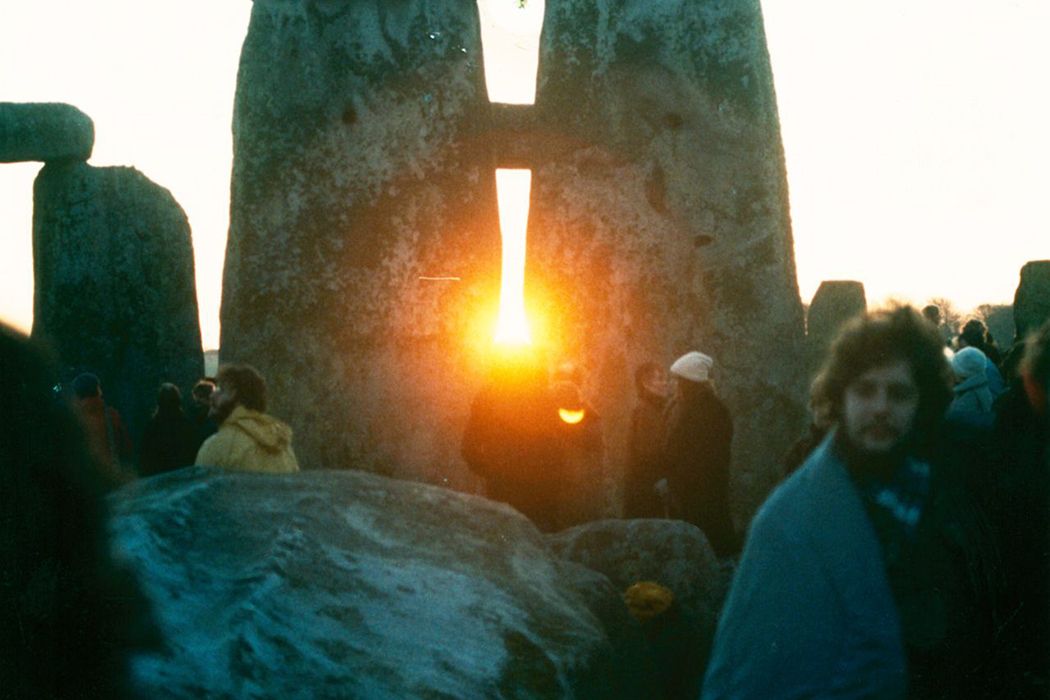In the Western world, it’s now the holiday season. But why? Here’s a hint: It’s not because of Jesus’s birthday. It’s because this is when (in the Northern Hemisphere) the sun’s angle is shallowest, resulting in short days and long nights culminating in the winter solstice on December 21 when the nights are longest of all.
Ancient, agricultural peoples lived and died by the sun, so it makes sense that celebrations in honor of the winter solstice and the renewal it represents are observed across the world. Some are modest in scope, but for a rollicking good time, the ancient Greeks would attend the Haloea, the winter solstice Festival of Poseidon.
The Feast of Poseidon was celebrated across ancient Greece. There was some regional variation, but no matter where you were, it was epic. The festival was a time of all-out, no-holds-barred debauchery. Animals were sacrificed. Both men and women participated, often, uh, together.
Wine and “erotic cakes” were provided for the women’s celebrations.The women spent at least one night drinking, getting naked, brandishing the cakes, carrying huge phalluses, and exchanging saucy banter. Meanwhile, the men lit a gigantic bonfire, carrying on a tradition of fire lighting that was common to many solstice celebrations. The celebration resumed the next day. All throughout Greece, municipalities hosted public banquets and sacrificed animals. Records indicate that no expense was spared, attending to the importance of these celebrations. The hedonistic Roman Saturnalias were in many respects an extension of the Poseidon Festivals.
Compared to that, the winter solstice rituals of pre-Christian Europe are awfully tame. The details of the mysterious druidic rituals are not well known, but a familiar plant took center stage: mistletoe. The druids, the Celtic priests of ancient Britain, apparently venerated mistletoe during the winter solstice, erecting an altar before the huge oak where the rare bloom appears. The druids cut the sacred mistletoe with great ceremony and brewed it into a fertility potion/all purpose antidote. In nearby Scandinavia, the Yule celebration in honor of Goddess Freya also involved mistletoe. The blooming mistletoe represented the sun in the dead of winter.
Get Our Weekly Digest
The ancient winter rituals of sun worship found their way into Christianity. Jesus himself is often described as “light” in various forms. In many accounts, Christmas celebrations got their start as a substitute for the pagan festivals. Obviously the Nativity is a far cry from the Haloea, but the various celebrations, like all of the religious traditions, have some history in common. Happy Haloea Days!
Editor’s Note: This article was updated to correct a misspelling of Poseidon’s name.







